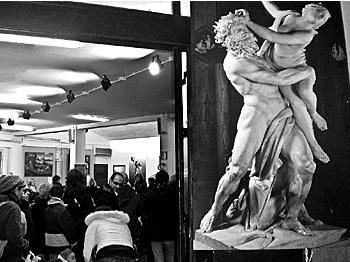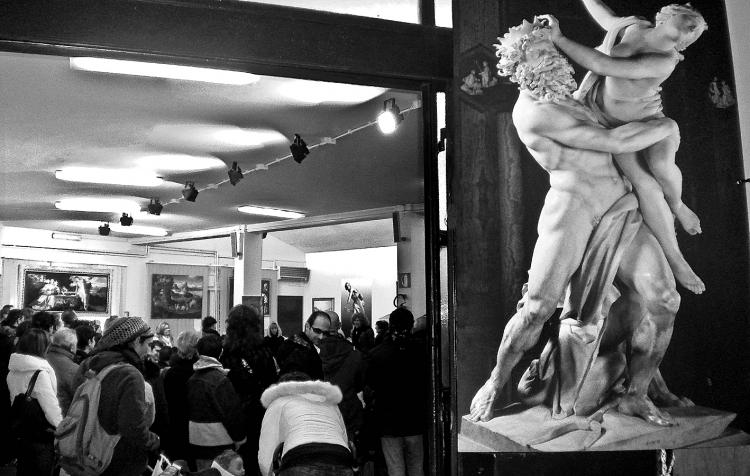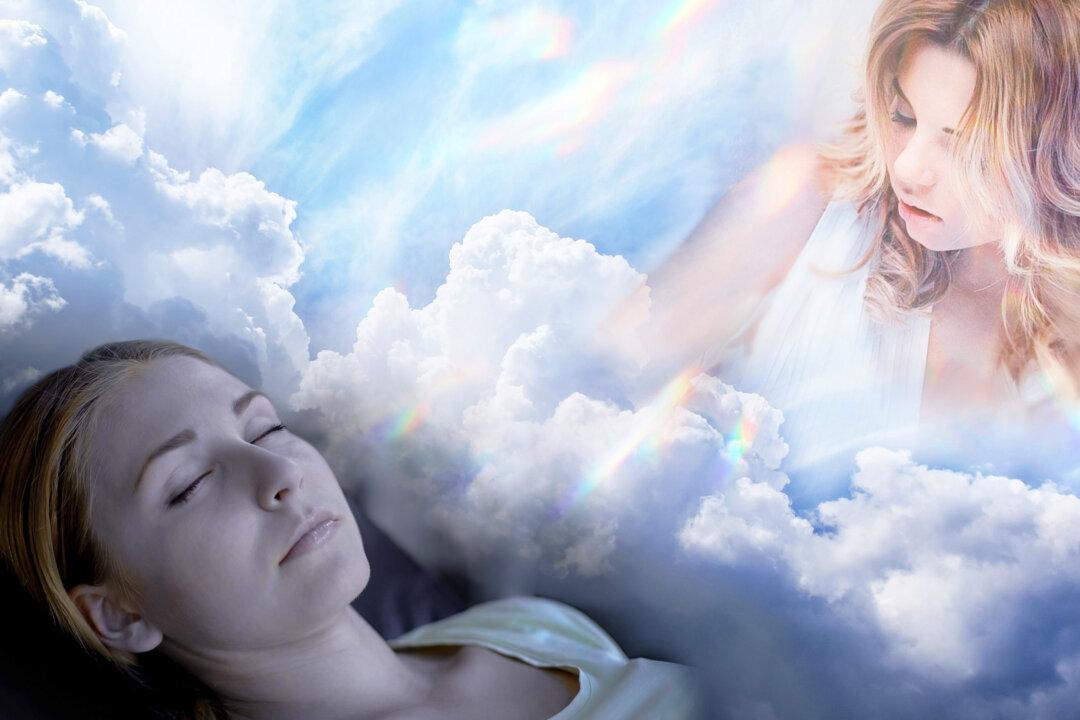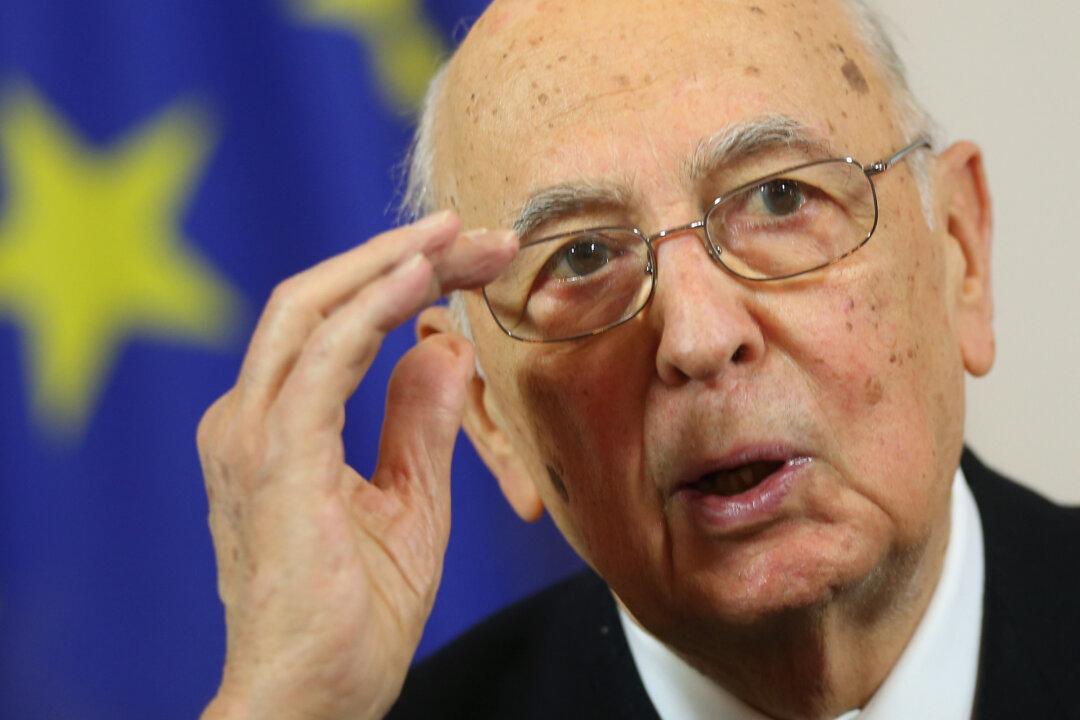ROME, Italy—In the distinctive streets of the Torpignattara neighborhood in Rome, few seem to remember the grandeur of Rome’s classical artists.
In attempt to have people in Torpignattara re-connect with Italy’s classic works of art, photographer Antonio Rocco Trabucco took them into the street. That is, replications of important paintings and statues by the old Italian masters such as Raphael, Lorenzo Bernini, Antonio Canova, Tiziano, and Caravaggio.
“Many cannot go to museums, do not have time to make reservations, and wait in line to visit them,” said Trabucco. “While for this exhibition, one is free to enter directly from the street.”
The modern Italian public, who may feel closer these days to espresso than to classic art, has reacted enthusiastically, with some people complementing local officials for their role in making the exhibition possible, said organizers.
“Man does not only need things that are their first necessities, but also bread for their own spirit, which is also important for their culture,” said Trabucco.
Torpignattara, known for its rich ethnic pallet, is home to a wide range of ethnicities such as Albanian, Chinese, and Indian. Trabucco hopes to help them come closer to Italian culture.
“To bring art into their everyday life, but also it is about its role in socio-cultural integration into Italian citizens of other nationalities living Rome,” said Trabucco.
The “From the Renaissance to Caravaggio” exhibition will take place until Jan. 31.
In attempt to have people in Torpignattara re-connect with Italy’s classic works of art, photographer Antonio Rocco Trabucco took them into the street. That is, replications of important paintings and statues by the old Italian masters such as Raphael, Lorenzo Bernini, Antonio Canova, Tiziano, and Caravaggio.
“Many cannot go to museums, do not have time to make reservations, and wait in line to visit them,” said Trabucco. “While for this exhibition, one is free to enter directly from the street.”
The modern Italian public, who may feel closer these days to espresso than to classic art, has reacted enthusiastically, with some people complementing local officials for their role in making the exhibition possible, said organizers.
“Man does not only need things that are their first necessities, but also bread for their own spirit, which is also important for their culture,” said Trabucco.
Torpignattara, known for its rich ethnic pallet, is home to a wide range of ethnicities such as Albanian, Chinese, and Indian. Trabucco hopes to help them come closer to Italian culture.
“To bring art into their everyday life, but also it is about its role in socio-cultural integration into Italian citizens of other nationalities living Rome,” said Trabucco.
The “From the Renaissance to Caravaggio” exhibition will take place until Jan. 31.






